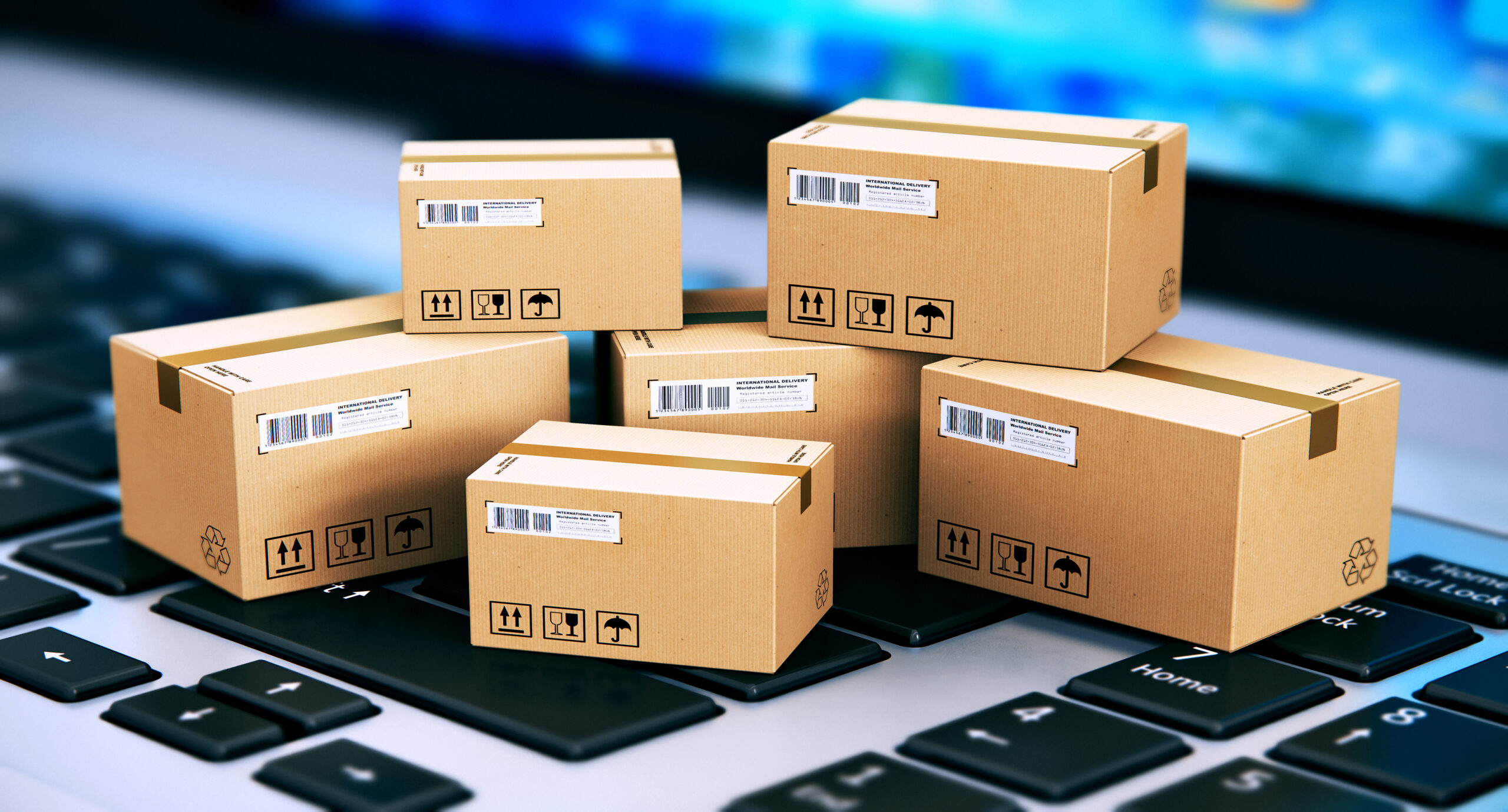5-15% – this is the share of logistics in the emissions of a product’s life cycle. The potential for savings here is significant for climate protection.
In the mobility and logistics sector, greenhouse gas emissions are an important indicator for making transport more environment-friendly. Other environmental impacts such as noise, air pollutants or fine dust emissions are also included. Environmental compatibility and resource efficiency for the entire logistics chain, i.e. for transport, intralogistics and logistics properties, form the term “green logistics” (see “Climate and logistics“).
Transparency is the first step
Especially digital solutions contribute significantly to climate protection and accompany companies on their way to green logistics. They enable the individual links in the supply chain to interlock as smoothly as possible and be better coordinated. For example, transparent transport processes can reduce or even completely avoid downtimes, waiting times and empty runs.
In the air
A current problem is that the increasing volume of goods / freight is contrasted by a decreasing supply of freight space. Since there are fewer passenger flights, the supply of belly freight is often eliminated. This makes the choice of the right carrier all the more important. Finding the right carrier is not always easy. You have to look closely. Our new tool, which we have developed as a web-based platform with our spin-off BlueBox System, helps with this. The route of the air freight – of the individual package – is mapped here in real time. At a glance, the dispatcher follows his goods around the world by means of live tracking, independent of airline and region. This means that fast and economical decisions in times of digitalization are no longer a problem in ever-shrinking time frames.
Transparency and visibility are decisive parameters for delivery reliability as well as the choice of logistics partners and thus an important step towards green logistics.
However, since we at BusinessCode are experts in data analysis, the tool also offers numerous analysis options. The performance of airlines, trade lanes and airports are a basis for future decisions. With whom do I ship which freight and when? The more information available, the more sustainable and economical the decision.
Hellmann Worldwide Logistics has been using this solution as part of its SmartVisibility product family since this month.
On the high seas
Punctual and reliable transport is also becoming more and more important for sea freight. Factors that were previously not really critical within the supply chain. Routes like Hong Kong – Hamburg were only roughly estimated. However, the ability to plan is becoming increasingly important, also in order to save resources.
Tracking & Tracing in one system, all data clearly arranged for the user at a glance. This allows the performance of the carriers to be compared with each other. A solution specially developed for sea freight provides consolidated views and reports.
If required, individual containers can also be tracked and their further transport can then be planned in an optimized way, for example if delays occur. In this way, demurrage and port costs can be saved, and alternative logistics companies can be contacted.
With an extension to the other sections of a supply chain such as warehouse management or land transport, cross-modal optimization can be achieved.
Green logistics through digitalization of goods transport
Digital transparency across the entire supply chain in real time is the goal, in order to be able to save resources in a targeted manner and to permanently improve the supply chain. IT thus makes a valuable contribution to Green Logistics and climate protection.
Caption: shutterstock_258562583.2
